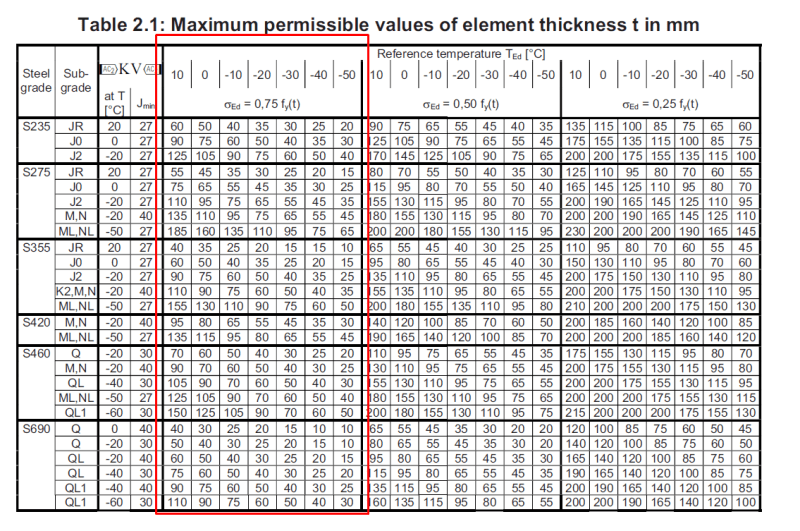BMart006
Structural
- Mar 20, 2017
- 61
I have a draawing where the designer has specified 8"-thick A36 plate in their design. The plate will unfortunately be seeing combined tension, bending and torsion. Aside from the reduced yield strength, are there any other concerns I should be aware that may be information known better by experience? Any literature on the matter is appreciated.

